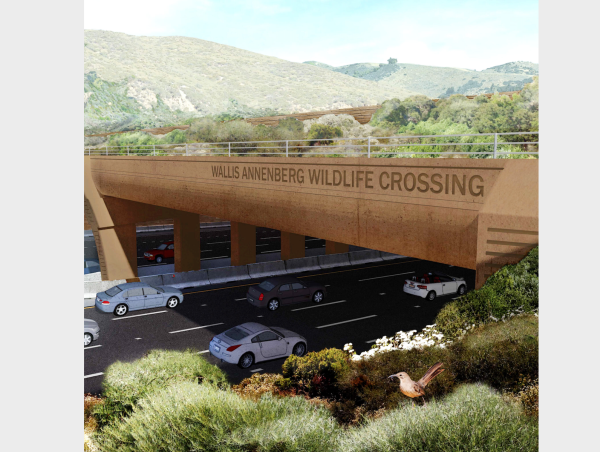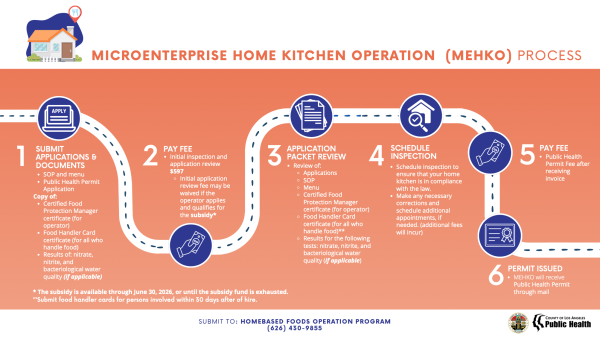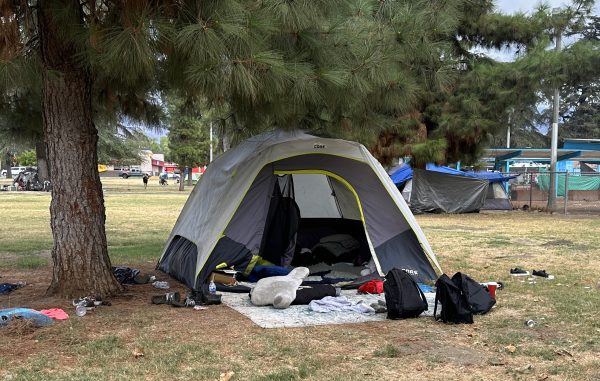A recent report identified over 140 locations statewide where wildlife connectivity is in need of improvement, the California Department of Transportation announced Monday.
Caltrans and the California Department of Fish and Wildlife are attempting to help animals in the state’s very biodiverse environment with a strategy to reduce connectivity barriers throughout California’s sprawling network of roadways, walls and fences.
“Caltrans is seeking opportunities to better integrate our highway system with the State’s diverse natural environment,” Caltrans Director Tony Tavares said in a statement. “It is our responsibility to improve passageways for wildlife that live and migrate along our shared ecosystem, and remediation efforts highlighted in this report will help honor our goal to provide a world class transportation system that serves all people and respects the environment.”
Caltrans on July 1 released the Wildlife Connectivity Report, which identified more than 140 locations across the state with opportunities to improve wildlife connectivity. Roads and fences often disrupt the natural migration patterns of many species ranging from the Sierra Nevada yellow-legged frog, to the desert big horn sheep and the San Joaquin kit fox.
“Habitat connectivity is one of the most critical issues we’re confronting in the 21st century to maintain California’s biodiversity and healthy fish and wildlife populations,” Fish and Wildlife Director Charlton H. Bonham said in a statement. “We have to find ways for fish and wildlife to move safely across the landscape — to prevent inbreeding and increase genetic diversity, to escape poor habitat burned by wildfire or parched by a warming climate, to prevent vehicle collisions on busy roadways. That’s why we are excited to partner with Caltrans to help provide solutions and create the opportunity for wildlife to move safely.”
Proposed projects aim to remove fish and wildlife barriers and help approximately 180 species of native, endangered or threatened animals to move more freely and have better access to their natural habitats, officials said. Caltrans plans to construct dozens of migration corridors adjacent to state highways and interstate freeways.
Among future wildlife connectivity projects, Caltrans plans to build a new bridge overcrossing along State Route 97 in Siskiyou County, a new bridge on Interstate 15 in San Bernardino County and an enlarged culvert underneath Interstate 10 in Los Angeles County. The highly publicized Wallis Annenberg Wildlife Crossing, located over the 101 Freeway in Agoura Hills near Liberty Canyon Road, is expected to be completed in 2026.
More information about wildlife connectivity is on Fish and Wildlife’s connectivity webpage or visit the webpage on terrestrial habitat connectivity.







